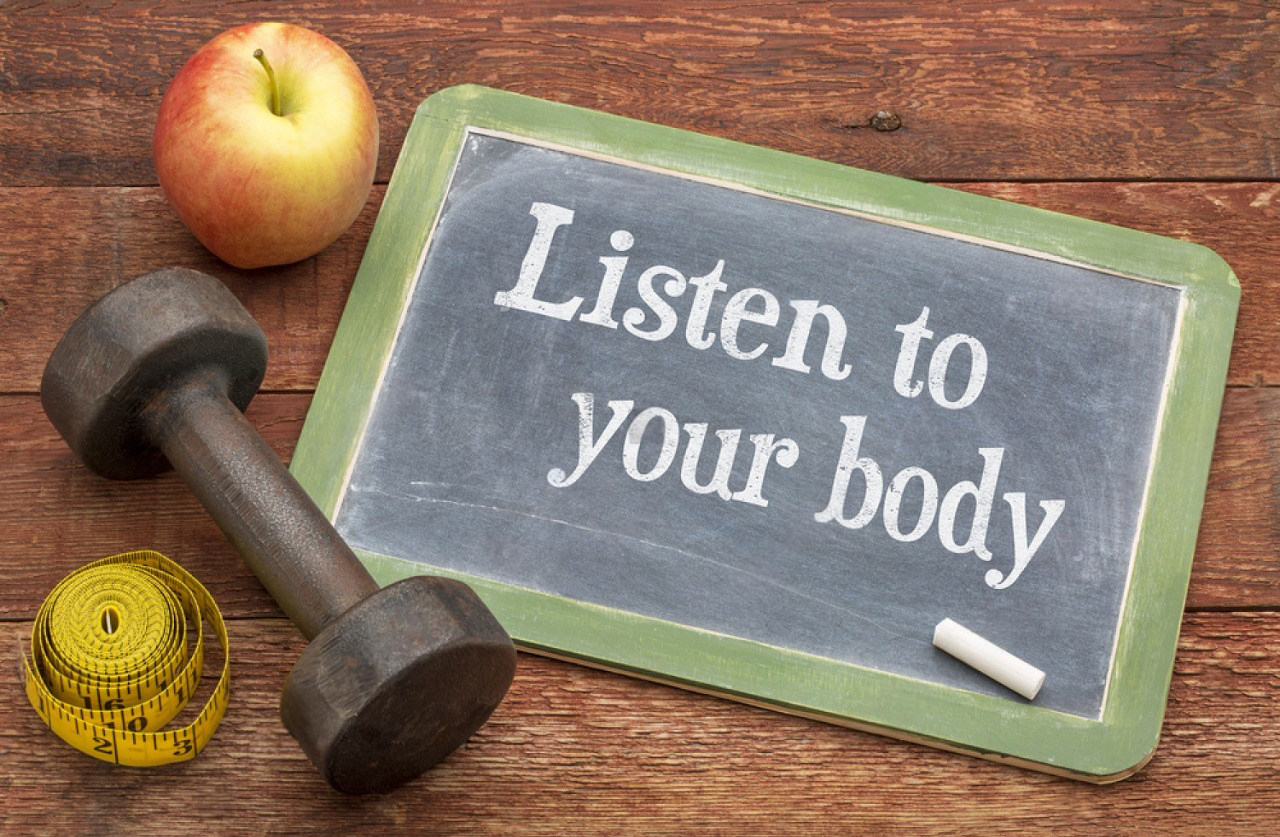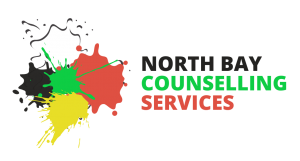Listening to the Body: The Power of Somatic Awareness in Healing

Have you ever had a “gut feeling” something was wrong? Or noticed your shoulders tighten when you’re under stress? These experiences are not random—they are your body trying to communicate with you.
This is the essence of somatic awareness: tuning into the physical sensations of your body as a way to understand your emotional and psychological states. At North Bay Counselling, we often say, “The body remembers what the mind forgets.”
What Is Somatic Awareness?
Somatic awareness is the conscious attention to the sensations, movements, and signals within your body. “Soma” comes from the Greek word for “body.” It recognizes that our bodies are not separate from our minds—rather, they hold, store, and express what we experience emotionally.
Somatic awareness involves noticing:
- Muscle tension or relaxation
- Breathing patterns
- Heart rate or fluttering sensations
- Heat, chills, tightness, or numbness
- Posture and movement habits
This awareness isn’t about judgment. It’s about curiosity—asking, What is my body telling me right now?
Why Is Somatic Awareness Important?
Our bodies often register stress, trauma, or overwhelm long before our minds do. If we’re disconnected from our bodies, we can miss critical cues that something needs attention.
Why it matters:
- Chronic stress and trauma are stored in the body (not just the brain)
- Emotional pain often shows up as physical symptoms
- Tuning into the body helps us regulate our emotions
- Healing becomes more complete when we address both body and mind
As trauma expert Bessel van der Kolk writes in The Body Keeps the Score,
“Trauma victims cannot recover until they become familiar with and befriend the sensations in their bodies.”
How to Develop Somatic Awareness
Somatic awareness is something you can learn and develop over time. It’s a skill—and like all skills, it improves with practice.
Try these simple practices:
- Body Scan Meditation – Take 5 minutes to mentally scan from head to toe, noticing where you feel tension or calm.
- Pause and Breathe – Stop during the day to check in with your breath. Is it shallow? Fast? Hold your hand on your chest or belly and just notice.
- Label Sensations – When you’re upset or anxious, ask yourself: Where do I feel this in my body? Give it a name—tight chest, heavy stomach, buzzing arms.
- Movement Practices – Gentle stretching, yoga, tai chi, or walking can help bring you into connection with your body.
- Journal Through the Body – Instead of only writing about your thoughts, write about what you feel physically.
The Role of Somatic Awareness in Therapy
Therapy is often thought of as “talking about your feelings,” but healing involves more than words. When we include the body in therapy, we create deeper pathways to release, integration, and self-understanding.
At North Bay Counselling, our therapists are trained to gently guide you in becoming more aware of your body’s messages. We might help you notice how your body responds to stress or explore how past trauma is still felt physically. This can be especially helpful in managing:
- Anxiety and panic
- Trauma and PTSD
- Chronic pain
- Emotional overwhelm
- Disconnection or numbness
You Don’t Have to Do This Alone
If you’re just beginning to reconnect with your body, it can feel unfamiliar—or even scary. That’s why having the support of a skilled therapist is so important.
At North Bay Counselling Services, we offer:
- Individual therapy with a somatic-informed approach
- Trauma-informed care that respects both the body and mind
- Mind-body techniques integrated into sessions when appropriate
Whether you’re working through anxiety, grief, trauma, or life transitions, we’re here to support you in reconnecting with your body—and yourself.
You deserve to feel safe in your body again.
Reach out to North Bay Counselling to begin your journey toward healing—mind, body, and heart.













